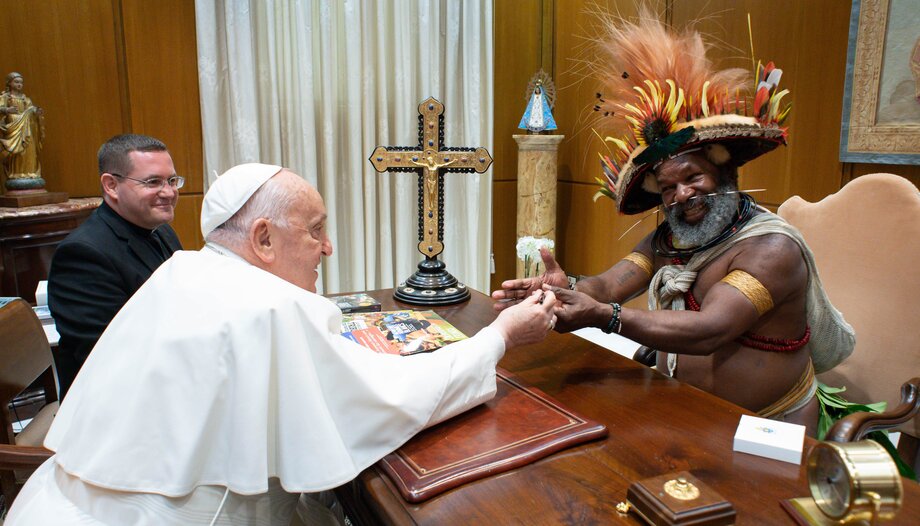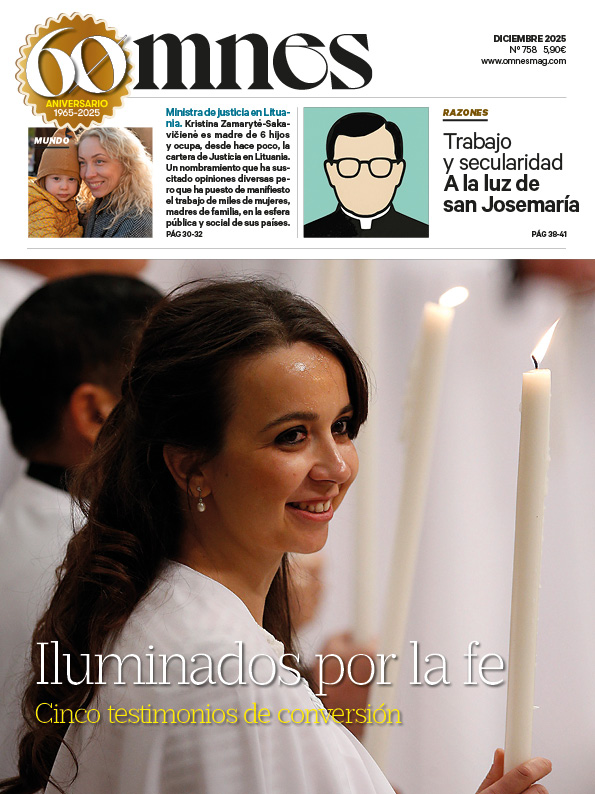Pope Francis will hold his apostolic journey The longest visit to date this September. Between September 2 and 13, the Pontiff will visit Indonesia, Papua New Guinea, East Timor and Singapore.
The Holy Father will leave Italy on September 2, and will be in Jakarta, capital of Indonesia, from September 3 to 6. He will then spend three days in Port Moresby, capital of Papua New Guinea, and Vanimo, the main city in the province of Sandaun in the oceanic country. From September 9 to 11, Francis will visit Dili, capital of East Timor. Finally, he will spend two days in Singapore.
As indicated by the agenda During the trip, the Pope will meet with dignitaries, authorities and religious figures from all these countries. These meetings will vary in character, as will the populations of the territories the Bishop of Rome will visit. Of the four countries he will visit, Catholics are in the majority in only two of them: Papua New Guinea and East Timor. Indonesia has a Muslim majority, while in Singapore Buddhism is the most widely practiced religion.
Diversity in travel is not only in geography or religious denominations, but also in economics. Indonesia is the most powerful economy in Asia. Singapore, for its part, has an important international market, which makes its GDP per capita the highest in the world.
In contrast, almost 40 % of the population in East Timor lives below the poverty line and half of the inhabitants are illiterate. A similar situation occurs in Papua New Guinea, where the fact that the majority of the population lives in rural areas makes it very difficult to establish a uniform and formal education in the country.
Indonesia
The Republic of Indonesia is the world's largest archipelago with a population of almost 300 million people. This number of inhabitants justifies the cultural and linguistic diversity of the various islands, which is compounded by the multitude of religions that coexist in the country.
Although the nation's constitution formalizes religious freedom, the state only recognizes Islam, Christianity, Buddhism, Hinduism and Confucianism as official religions. The majority denomination is Islam. In fact, the vast majority of Muslims live in Indonesia, while Christians barely exceed 10 % of presence in the population.
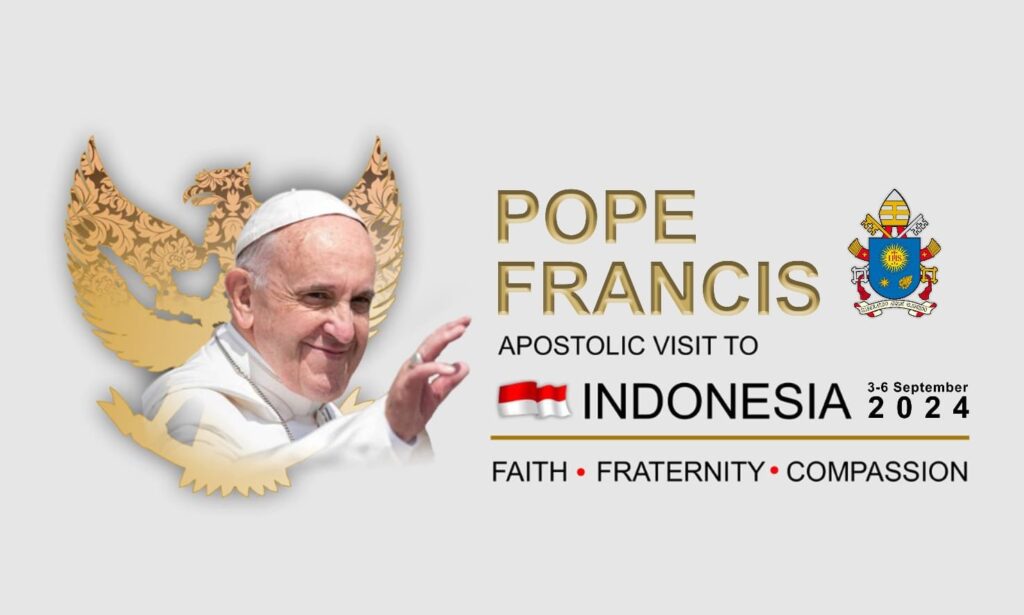
At the end of the 20th century, the Christian faith suffered severe persecution in the country. Many believers underwent forced conversions to save their lives and escape the violence. Although dangerous affronts have diminished, Christians still feel some discrimination, both in the public and private spheres. However, statistics report that the Christian religion is gaining popularity among Indonesians and many people coming from China are converting to Christianity.
It is important to note that, despite the recognition of religious freedom, the state also regulates the practice and expression of the faith of individuals. According to the Pew Research Center, all citizens of the country must indicate on their identity card the religion they profess, without the possibility of declaring themselves non-denominational. If this information is not provided or if they identify themselves as a member of a religion not recognized by the government, the inhabitants of Indonesia may have problems in accessing public services.
Papua New Guinea
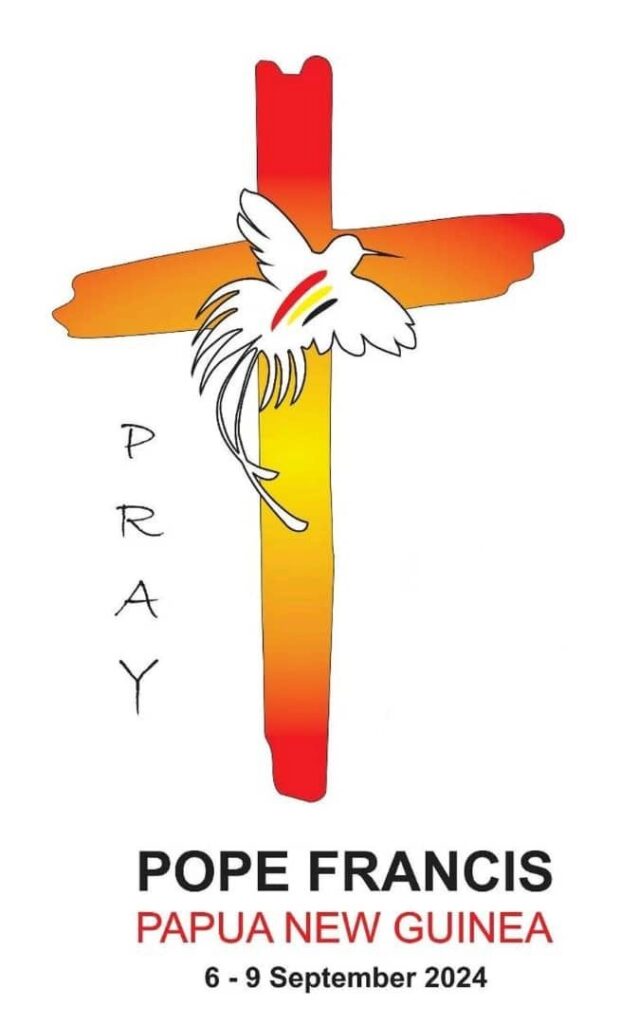
After his visit to Indonesia, Pope Francis will spend a few days in Papua New Guinea, a Christian-majority country characterized by its cultural and biological diversity. With a largely rural population, the territory of Papua New Guinea is very rich in natural resources, so its economy relies mainly on agriculture.
The number of inhabitants in the country has been increasing over time. However, with this population growth has also come the emergence of a serious epidemic: HIV/AIDS. The lack of awareness of the risks of this disease and the lack of means to detect and prevent it make Papua New Guinea the Pacific country with the highest incidence of this virus.
The fact that most of the population lives far from urban centers also hinders access to education. In fact, most people are illiterate. Different religious entities are trying to solve this problem by opening and developing schools throughout the country. In addition, both the Catholic Church and the Seventh-day Adventist Church operate universities.
The presence of Christianity is not only important at the educational level, but also constitutes the most practiced religion in Papua New Guinea. The Catholic tradition and other Christian denominations are mixed with animist rituals, which, together with the long distances that priests have to travel, makes evangelization difficult.
East Timor
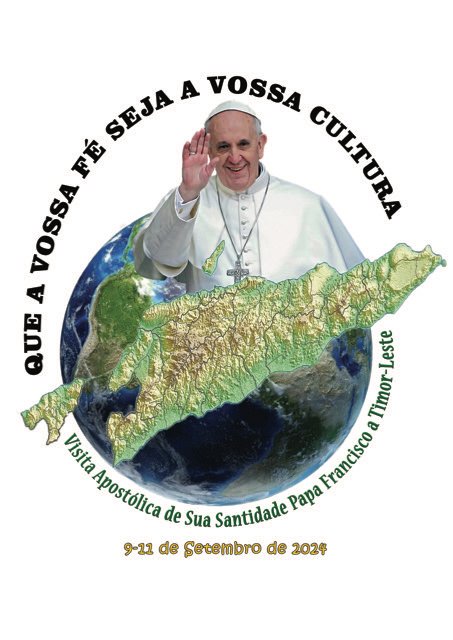
From September 9 to 11, Pope Francis will be in East Timor, a country where more than 95 % of the population considers itself Catholic. Other Christian denominations, such as Protestantism, also have a strong influence in the country, due to the various evangelization activities developed in the territory.
As in Papua New Guinea, there is a high percentage of illiterate adults in East Timor. However, more and more children are going to school, and there is now also a national university that is open to young people wishing to pursue higher education.
The lack of formal education is no impediment to the development of a rich culture in this Southeast Asian country. From famous traditional dances performed in a particular costume to a special relationship with animals such as cats and buffaloes, the inhabitants of East Timor cultivate very characteristic ancestral traditions.
Singapore
Pope Francis will close his apostolic journey in the Republic of Singapore, the second most populous country in the world. The great development that this nation has experienced contrasts with its legislative system, which is very strict in certain aspects.
Singapore is a very rich, culturally diverse and internationally influential country. It has a very strong economic system, which allows citizens to have a high standard of living. However, foreigners live a completely different reality. The law does not provide any facilities for those who were not born in the country. With no right to a minimum wage, great difficulties in accessing housing and the prohibition to marry a native, foreign workers tend to find themselves in a very precarious situation.
Government control also extends to the religious sphere. Every ten years the civil authorities carry out a census to count the different confessions found in the country. Although approximately 20 % of the population indicate that they do not confess any religion, there is a majority religion: Buddhism. However, the number of Singaporeans who are classified by the census as Buddhists is only 30 %, a figure very close to that of those who do not practice any religion.
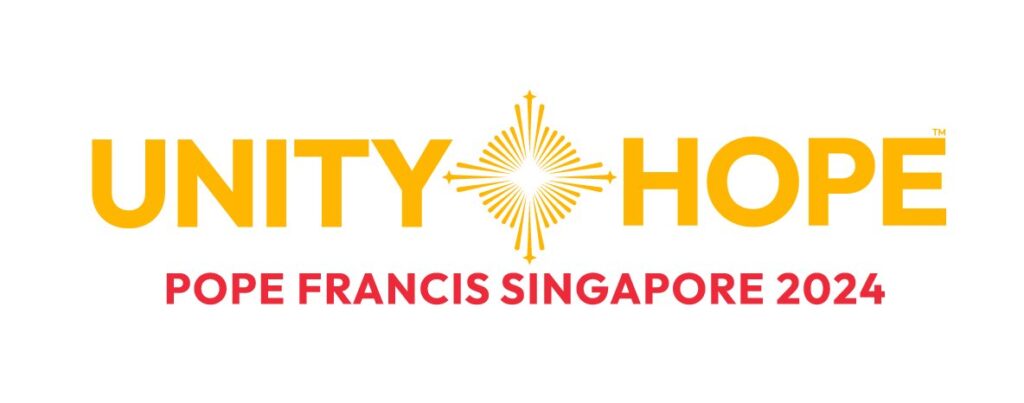
On the other hand, Christians make up a little less than 20 % of the population, with Catholics being a minority within this group. This is explained by the fact that it was the Anglicans who first arrived to evangelize the population, achieving a majority presence. Despite this, the Catholic Church has a multitude of initiatives in the country, especially focused on education, as shown by the schools and universities administered by the Church.
Singapore is a country that boasts religious tolerance, and the great diversity of confessions that coexist in the territory proves it. Along with the mixture of religions, there is also an amalgam of cultures. Western, Chinese, Islamic and many other cultures come together in a territory that is not very large, but rich in diversity.
One Pope on two continents
Although the Pope's agenda for his apostolic trip to Asia and Oceania is still unknown, it can be said that the Pontiff will meet with very different groups on visits that seek, on the one hand, to get closer to Catholics who live so far away from the Vatican and, on the other hand, to influential people in each of these territories who play an important role in social and environmental policies.
The importance of this trip is evident, but Francis is not the first Pontiff to travel to the Asian and Oceanic continents. St. John Paul II visited Indonesia in 1989 and described himself as a "friend of all the people of Indonesia," while showing "great respect for all the people of this dynamic nation." It was also the Polish Pope who, in 1986, placed the Church of Singapore in the hands of the Virgin Mary during a homily delivered on November 20 of that year.
Visits of the Pontiffs are always important events for Catholics and different countries. Not only because of his role as Head of State, at every moment in history the Pope is a religious leader with a voice of authority on all social issues, so the inhabitants of the countries that host the Bishop of Rome always listen attentively to the words of the Successor of Peter.
Mission and salvation
The countries of Asia and Oceania that Pope Francis will visit in September have been the focus of the Holy See's attention for years. As St. John Paul II explained in his post-synodal apostolic exhortation "Ecclesia in Asia," "it was in Asia that God, from the beginning, revealed and realized his plan of salvation."
In a similar document, "Ecclesia in Oceania", he expressed that "the Lord has called the Church to his presence in Oceania: it is a call that, as always, also implies a sending out on mission".
It is clear, then, that the Holy See sees the two continents as places where Christianity has a long past and, at the same time, a project for the future in which Catholics are called to be missionaries, "bearers of hope", as Pope Francis likes to say, for all the inhabitants of their villages and various countries.

